The Bloodstream of the Global Economy

As of 2019, the seaborne trade total value of the annual world shipping trade had reached more than 14 trillion USD. This is expected to grow to c. 17 trillion USD by 2030

Approximately 1 billion tons of goods are transported by ship each year. This represents an impressive 1.5 tons per person based on the current global population.

For the EU, shipping accounts for c. 80% of total exports and imports by volume, and c. 50% by value.
Source: International Chamber of Shipping - IHS Markit


